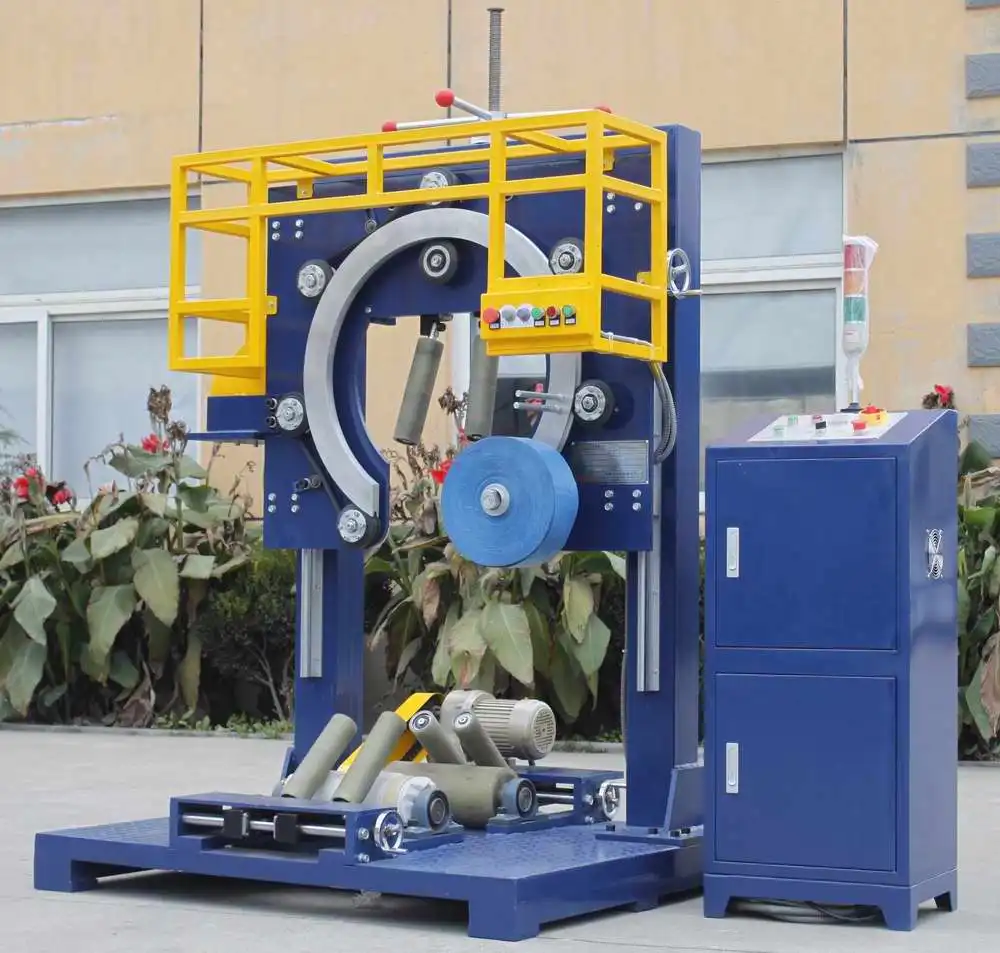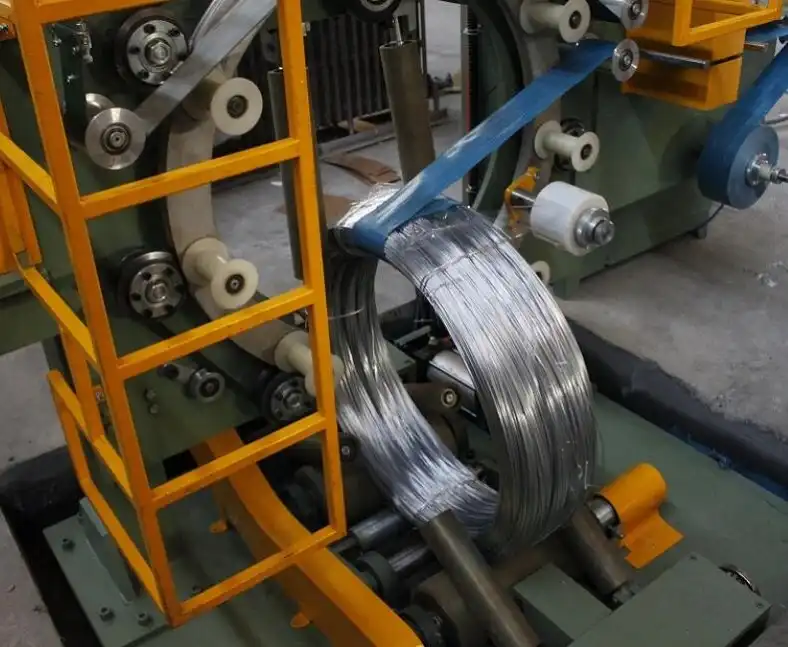Optimizing Copper Wire Packaging: A Guide to Coiling and Packing Machines
Proper packaging is crucial for protecting copper wire and coils during storage and transit. Damage from handling, moisture, or environmental factors can compromise quality and lead to significant losses. Automated coiling and packing machines provide an efficient and reliable solution for safeguarding these valuable materials.
Understanding Automated Copper Wire Packing Systems
Automated copper wire packing machines, such as the FPC series, are designed to securely wrap coils of copper wire, cable, and sometimes other materials like steel coils. These systems streamline the packaging process, ensuring consistency and protection.
The core function involves applying protective wrapping material, typically stretch film or VCI (Volatile Corrosion Inhibitor) paper, tightly around the coil's circumference and often through its eye, creating a durable, sealed package.
Key Features and Components
Modern copper coil packing machines integrate several key technologies:
- PLC and HMI Control: Programmable Logic Controllers (PLCs) automate the packing sequence, while Human-Machine Interfaces (HMIs) allow for easy operation, parameter adjustment (e.g., wrapping layers, tension), and diagnostics. These systems can often be integrated into existing production lines for seamless operation.
- Wrapping Material Dispenser: Holds and dispenses the chosen wrapping material (like stretch film). Advanced systems feature adjustable tension control and automatic cutting and clamping mechanisms.
- Coil Handling and Loading: Flexible designs accommodate various loading methods. Coils can be loaded onto the packing station using:
- Overhead Cranes
- C-hooks or Forklifts
- Conveyor Systems
- Coil Cars or Tilters
- Support and Driving Rollers: Motor-driven rollers support the coil's weight and rotate it smoothly during the wrapping cycle. These are often adjustable or can be raised/lowered depending on the machine configuration and coil size.
- Positioning Sensors: Sensors detect the coil's presence and dimensions, ensuring accurate placement and initiating the wrapping cycle correctly. They also contribute to the machine's safety interlocks.
- Transport System (Optional): Some machines are mobile, moving along floor tracks to service multiple coiling stations or integrate into larger automated lines.

steel wire film wrapper3 The Automated Wrapping Process: Step-by-Step
While specific operations vary by machine design, a typical automated packing cycle includes:
- Coil Loading: The copper wire coil is placed onto the machine's designated loading area or rollers using the chosen handling method.
- Positioning: Sensors confirm the coil is correctly positioned. The support rollers may adjust.
- Wrapping Cycle Initiation: The operator starts the cycle via the HMI, or it begins automatically upon detection of the coil.
- Wrapping Application: The wrapping head (carrying the film or paper) rotates around or through the coil, applying the material with controlled tension and overlap. Support rollers rotate the coil as needed for complete coverage.
- Material Cut and Secure: Once the preset number of layers is applied, the machine automatically cuts the wrapping material and secures the tail end to the package.
- Coil Unloading: The wrapped coil is removed from the machine, ready for storage or shipment.
Benefits of Automated Copper Coil Packaging
Implementing automated packing solutions offers significant advantages:
- Improved Efficiency: Dramatically reduces packing time compared to manual methods, increasing overall throughput.
- Enhanced Product Protection: Provides a consistent, tight wrap that protects against dust, moisture, corrosion, and handling damage. Use of VCI materials offers enhanced corrosion protection - Note: Example external link for credibility).
- Consistent Packaging Quality: Automation ensures every coil is packed to the same standard, improving appearance and reliability.
- Reduced Labor Requirements: Frees up personnel from strenuous manual packing tasks, allowing them to focus on other value-added activities.
- Improved Workplace Safety: Minimizes manual handling of heavy coils and repetitive wrapping motions, reducing the risk of injuries.
Selecting the Right Machine

Consider these factors when choosing a copper wire coiling and packing machine:
- Coil Specifications: Maximum and minimum coil diameter, width, and weight capacity.
- Throughput Needs: Required number of coils packed per hour or shift.
- Wrapping Material: Compatibility with stretch film, VCI paper, or other required materials.
- Integration: Ability to connect with upstream (coilers) and downstream (conveyors, palletizers) equipment.
- Automation Level: Degree of automation required, from semi-automatic to fully integrated lines.
- Footprint and Layout: Available space and compatibility with the facility layout.
Automated copper wire coiling and packing machines are essential tools for modern wire manufacturers and processors, delivering efficiency, protection, and consistency vital in today's competitive market.
For more information on specific equipment capabilities, you might explore details on Copper Wire Coiling and Packing Machine options.